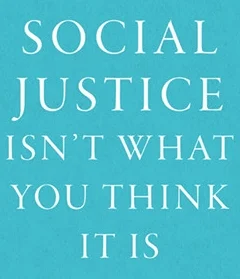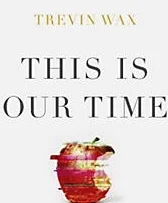Theological Retrieval for Evangelicals - A Review
There have been several recent volumes published by Evangelicals on the use of historical theology within the Evangelical tradition. This comes at a time when there is a non-trivial movement of younger Evangelicals toward more “historically rooted” traditions. Examples such as Kenneth Stewart’s volume, In Search of Ancient Roots, and books like Christopher Hall’s, Living Wisely with the Church Fathers, come to mind.
According to some critics, Protestant theology has roots that reach no further back than 1517. They argue that some aspects of Evangelical theology are an even more recent innovation. This perception has been augmented by the prevalence of recency in contemporary Evangelical theologies.
Significantly contributing to the apparent recency of Evangelical theology are standard works in the field, like Wayne Grudem’s Systematic Theology, which makes almost no reference to historical theology and required a companion volume by another author to gain a sense of the historical arc of the doctrines Grudem advocates.
The relationship between contemporary Evangelical theology and church history is the strong dependence among evangelicals and the supreme authority of Scripture over historical doctrinal formulations. Given the variegation of theology across history, arriving at a theological method that takes voices of previous ages seriously without ascribing too much authority to them has been difficult.
Gavin Ortlund’s book, Theological Retrieval for Evangelicals: Why We Need Our Past to Have a Future is a helpful book in carving out a theological method that values Scripture supremely, but also listens to the voices of the Christian past.
Summary
The book is divided into two parts. The first part, a manifesto for theological retrieval, has three chapters that advocate for including careful research into historical theology as a path forward for contemporary Christians. Ortlund first asks whether Evangelicals can use Patristic and Medieval theology. Then he argues that we need to engage in theological retrieval through the use of historical theology. Finally, he outlines some of the pros and cons of theological retrieval. This is a balanced perspective that demonstrates there is certainly a wrong way to study and use the early church, but that we cannot afford not to do so if we are to remain faithful to the faith once and for all delivered to the saints (Jude 3).
In part two, Ortlund offers four case studies in theological retrieval. First, he examines the use of theological metaphor in the writings of Boethius, Calvin, and Torrance. This would be an interesting essay in its own right as Ortlund wrestles with the creation/creator distinction, but it makes a solid case study because it reveals how engaging with minds across time can be fruitful. The next case study reaches further back into a discussion of divine simplicity through medieval and patristic theology. In the third case study, Ortlund looks at a balance between models of the atonement. Here he does good work in showing that while substitution is central, necessary, and historically embedded, it does not exclude other ways of understanding Christ’s work on the cross. Here, one of the sharpest debates between theological progressives and orthodox Christians is clarified by reading those who argued about the topic centuries before. The final case study shows some of the practical and devotional benefits of reading theology from deep in Christian history as Ortlund mines wisdom from Gregory the Great on being an effective pastor in a world with many demands.
Analysis and Conclusion
One of the more engaging aspects of this book is the way that Ortlund utilizes the ideas of both C. S. Lewis and J. R. R. Tolkien to frame some of his discussions. Those familiar with the work of those two Inklings will quickly recognize how deeply embedded in the historic Christian faith they both were. As they exemplified the Christian mind through their writings, they were both drawing extensively on a wide range of patristic and medieval sources. In Theological Retrieval for Evangelicals, Ortlund shows how their imaginative portrayals of deep, historical theological truths can enrich our Christian experience. This is by no means the central thrust of the book, but it is a sub-plot that enriches the volume significantly and gives it a pastoral bent.
For those Evangelicals engaged in theological discourse, this volume provides a solid starting place for faithfully retrieving the doctrinal truths discussed in earlier ages. It does so without losing the unique gospel-focus and bibliocentricity of Evangelical theology.
This book should be included in courses on theological method. It can be a resource for pastors seeking to deepen their faith and help young Evangelicals looking for rootedness to mine the riches of the Christian faith.
This book alone does not answer the challenge of recency that many Roman Catholics and high church Protestants levy against Baptists and other free church Christians, but it does provide a way for a conversation to begin through research, preaching, and teaching that will result in a robust, organic response to those challenges.































There’s no reason to doubt that Jesus was nailed to the cross. Ultimately, I trust what Scripture says about Jesus’s crucifixion because I also trust what it says about his resurrection. And that’s what we should be celebrating this week.